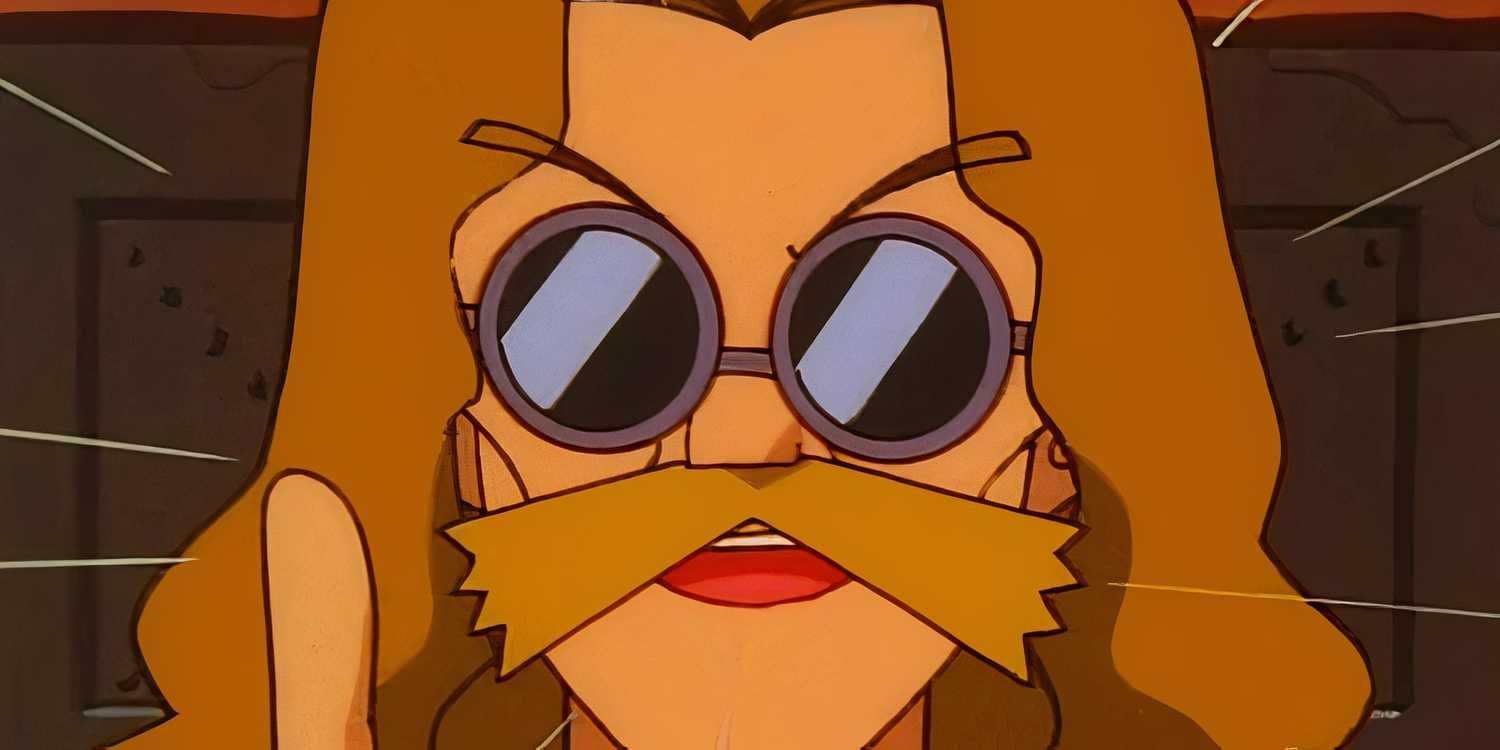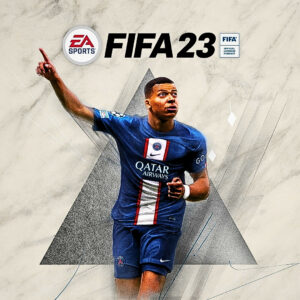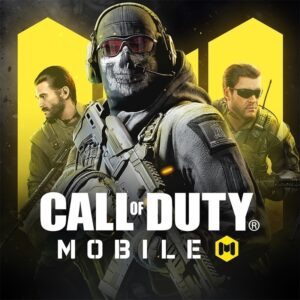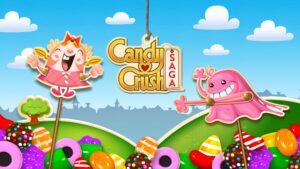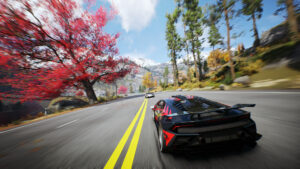Why Ash Ketchum Would Never Survive The Pokémon Games
Popular Now
 CarX Street
CarX Street
 NBA 2K24
NBA 2K24
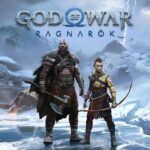 God of War Ragnarök
God of War Ragnarök
 Rust
Rust
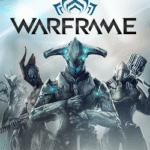 Warframe
Warframe
 Poppy Playtime
Poppy Playtime
 Garena Free Fire: Kalahari
Garena Free Fire: Kalahari
 Candy Crush Saga
Candy Crush Saga
 FIFA 23
FIFA 23
 Geometry Dash
Geometry Dash
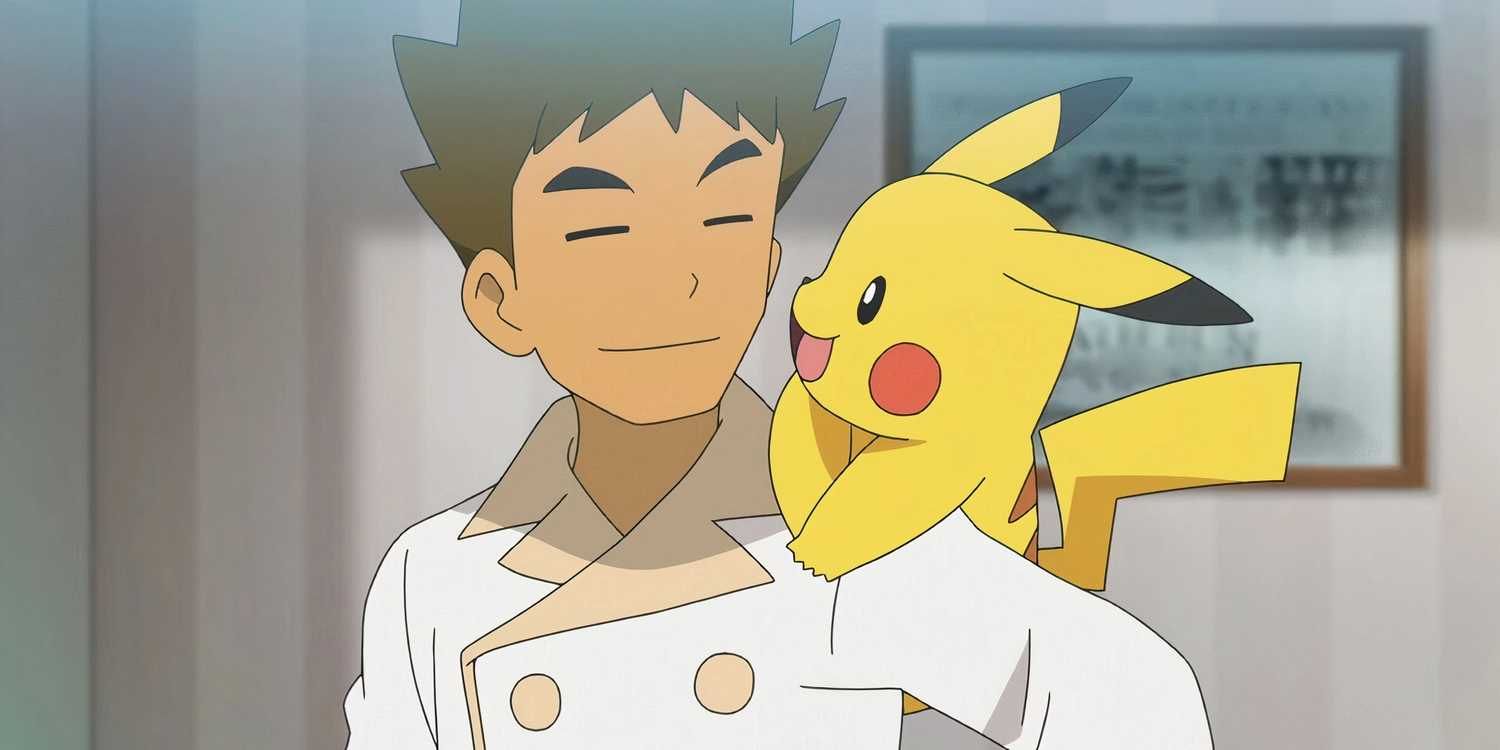 For over two decades, Ash Ketchum was the face of the Pokémon franchise, a perpetual 10-year-old on an endless quest to “be the very best.” He battled legendary Pokémon, won a Pokémon League, and had a bond with his Pikachu that transcended all logic. However, while his journey was a triumph in the anime, it’s a completely different story when you apply the rules of the mainline Pokémon games. The anime operates on its own set of physics and storytelling conventions, but if Ash were to step into the rigid, turn-based world of the games, his journey would be a short and brutal one. His signature strategies, his team composition, and his entire approach to training would lead to utter failure in the face of a competitive player or even a casual one with a decent understanding of game mechanics.
For over two decades, Ash Ketchum was the face of the Pokémon franchise, a perpetual 10-year-old on an endless quest to “be the very best.” He battled legendary Pokémon, won a Pokémon League, and had a bond with his Pikachu that transcended all logic. However, while his journey was a triumph in the anime, it’s a completely different story when you apply the rules of the mainline Pokémon games. The anime operates on its own set of physics and storytelling conventions, but if Ash were to step into the rigid, turn-based world of the games, his journey would be a short and brutal one. His signature strategies, his team composition, and his entire approach to training would lead to utter failure in the face of a competitive player or even a casual one with a decent understanding of game mechanics.
The core of the problem lies in the fundamental disconnect between the anime’s flexible, real-time battles and the games’ structured, turn-based combat. In the anime, battles are a spectacle of improvisation and creativity. Ash famously tells his Pikachu to “Dodge it!” or “use the terrain!” to gain an advantage. These strategies, while visually exciting, are completely impossible in the games, where moves have set accuracy and the environment has a minimal impact on the outcome of a battle. This reliance on creative, non-existent mechanics would leave Ash at a severe disadvantage, as he would be unable to adapt to the more strategic and methodical nature of the games. Let’s break down why Ash’s journey would be a catastrophic failure in the world of competitive Pokémon video games.
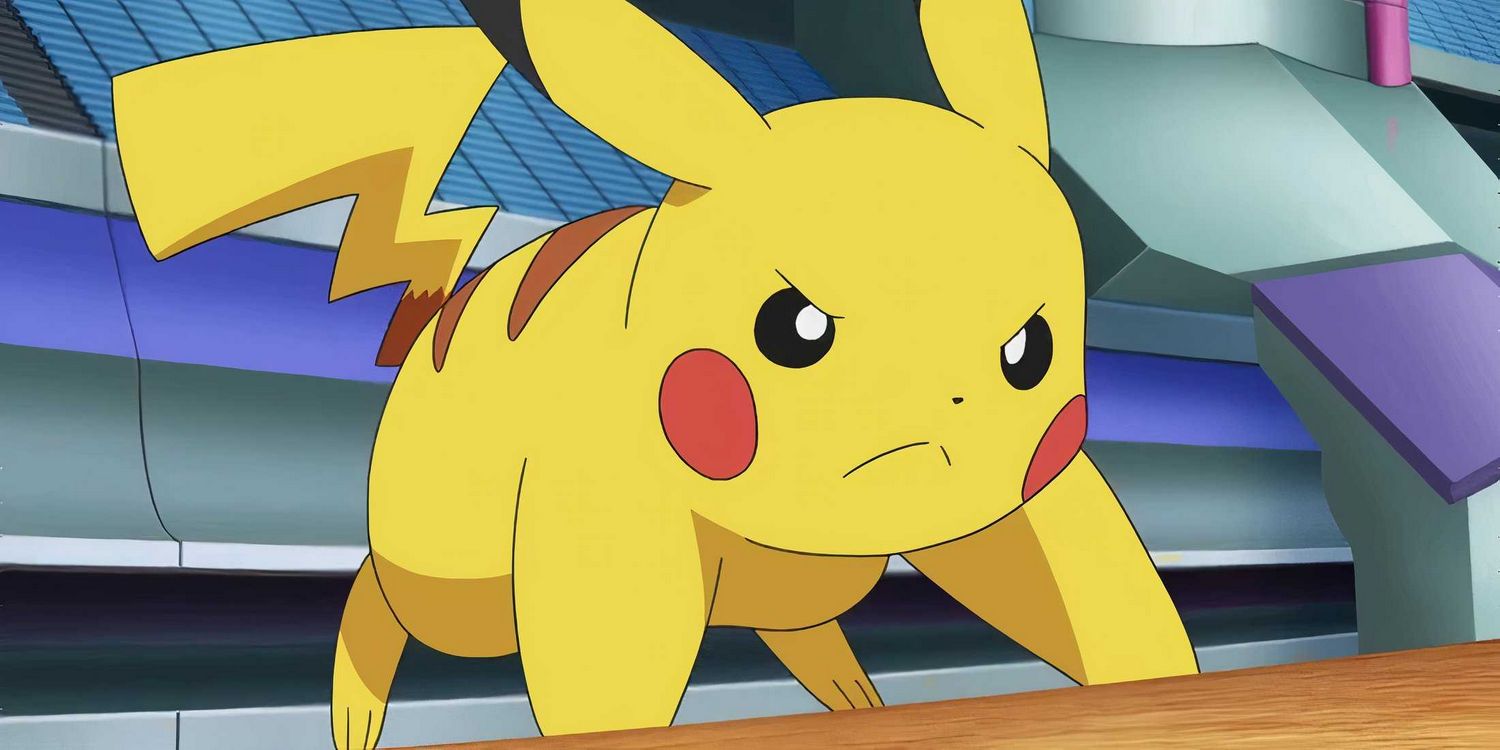 Ash’s Fatal Flaws in Game Logic
Ash’s Fatal Flaws in Game Logic
Ash’s unique, and often illogical, style of training and battling would be his undoing. Many of his key traits that are praised in the anime are considered cardinal sins by any competent Pokémon player. Here’s a look at his biggest mistakes from a gaming perspective:
- No Items, No Problem? One of the most glaring differences is the use of items. In the games, items like a Held Item (e.g., a Life Orb or Leftovers), a Full Restore, or a PP Up are crucial for success, especially in difficult battles. Ash, however, rarely, if ever, uses items in battle. He relies on Brock to heal his Pokémon outside of battle, a luxury that a solo player in the games would never have. This lack of item usage would put his team at a significant disadvantage, as they would be unable to heal mid-battle or gain crucial stat boosts.
- A Disregard for Type Matchups: While Ash did improve over his journey, his early career was defined by a shocking disregard for type advantages and disadvantages. He famously tried to use Pikachu against a Ground-type Pokémon, something any new player learns to avoid within the first few hours of playing a Pokémon RPG. This lack of strategic foresight would get him eliminated from a Pokémon League tournament almost immediately. Competitive players live and breathe type charts, and a trainer who ignores them would be an easy target.
- Inconsistent Teams and Unfinished Evolutions: Ash’s most powerful Pokémon were often left behind in a new region, a plot device to keep the show fresh. This is a huge mistake in the games, where a well-trained, high-level team is essential for defeating the Elite Four and the Champion. By constantly starting over with a new, unevolved team, Ash would be perpetually stuck in the early stages of a game, grinding to catch up. Furthermore, his unwillingness to evolve some of his most powerful Pokémon, like Bulbasaur or Squirtle, would put him at a severe power disadvantage. In the games, evolution is key to maximizing a Pokémon’s stats and potential.
- Ignorance of EVs, IVs, and Abilities: The backbone of competitive Pokémon gaming is a deep understanding of hidden mechanics like Effort Values (EVs) and Individual Values (IVs), which determine a Pokémon’s stats. Ash, in the anime, does not train his Pokémon in a way that would maximize these values. He also ignores the importance of a Pokémon’s “Ability,” a passive skill that can turn the tide of a battle. For example, a Pokémon with a “Drought” ability can change the weather to harsh sunlight, boosting the power of its Fire-type moves. Ash’s reliance on raw power and emotional connection would be no match for a player who has meticulously bred and trained a team with perfect stats and complementary abilities.
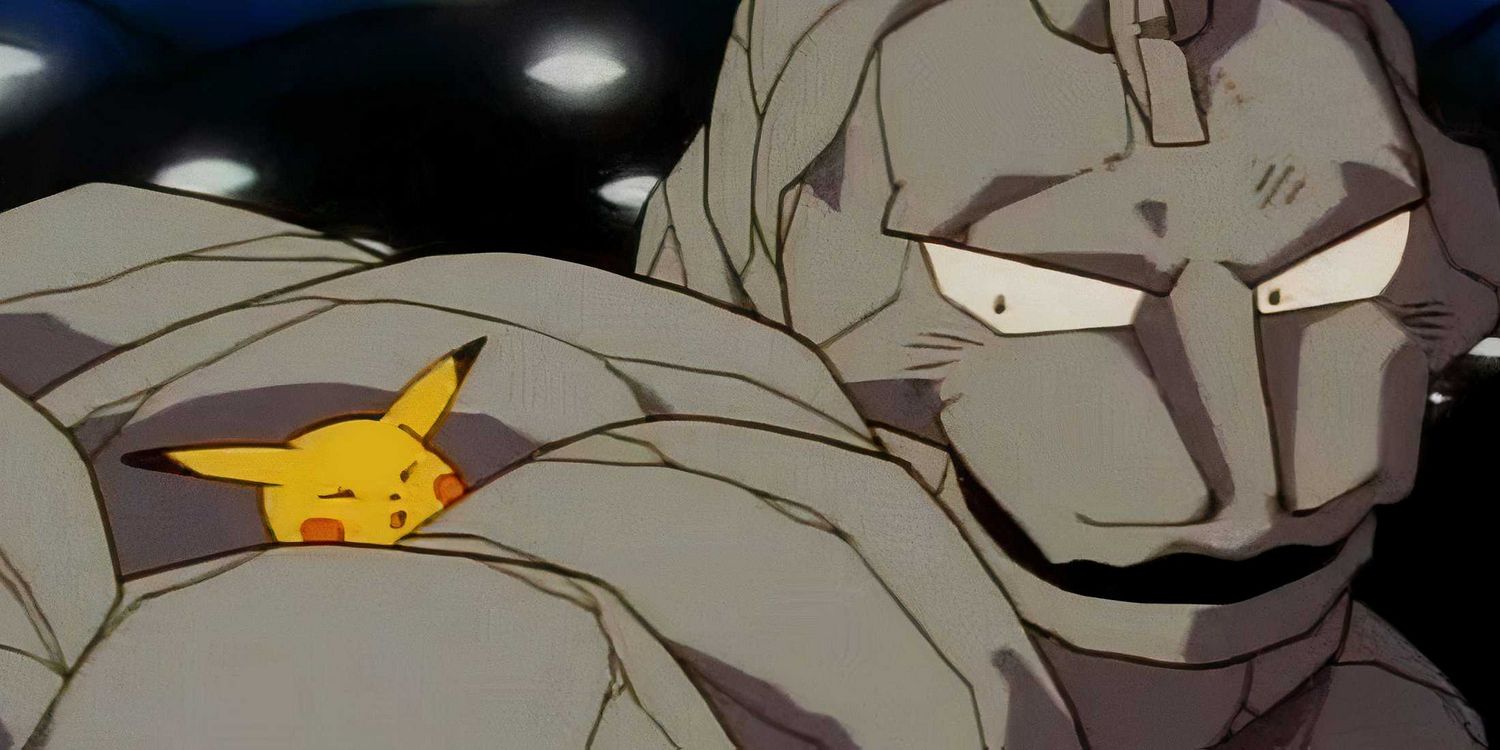 The Anime’s “Plot Armor” vs. Game Mechanics
The Anime’s “Plot Armor” vs. Game Mechanics
Perhaps the biggest reason Ash would fail is the absence of “plot armor.” In the anime, his Pokémon often win through sheer force of will, defying the laws of physics and type matchups. Pikachu, a Pokémon that is not fully evolved, has defeated legendary and mythical Pokémon far beyond its natural power level, a feat that is only possible through the writers’ intervention. In the games, there is no such thing. Damage is calculated by a precise formula, and a Pokémon’s stats are set. A low-level Pikachu, no matter how much it loves its trainer, would be effortlessly one-shot by a high-level, competitively-trained Pokémon. The Pokémon games are a test of strategy, foresight, and a deep understanding of the rules, not a test of emotional connection. While Ash’s journey was a beautiful testament to the power of friendship and determination, it is a narrative that exists outside the cold, hard logic of the game world. And for that reason, he would never be able to “catch ’em all” or become the very best in the world that inspired his quest.